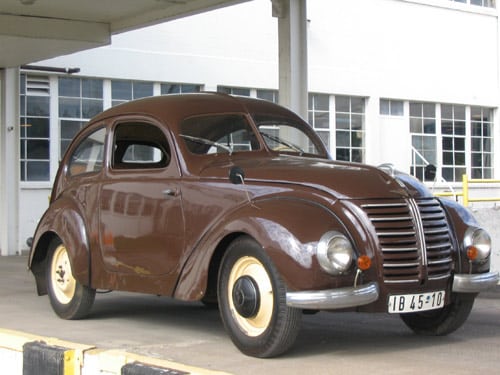Bertone X1/9- 1987
The Bertone X1/9 is a two-seater sports car designed by Bertone and built by Fiat. Intended to be the first affordable mid-engined sports car, the X1/9 is notable for its sharp styling and impeccable handling. The targa top can be stored in the front luggage compartment. It was originally designed as a sports car for […]
Bertone X1/9- 1987 Read More »









